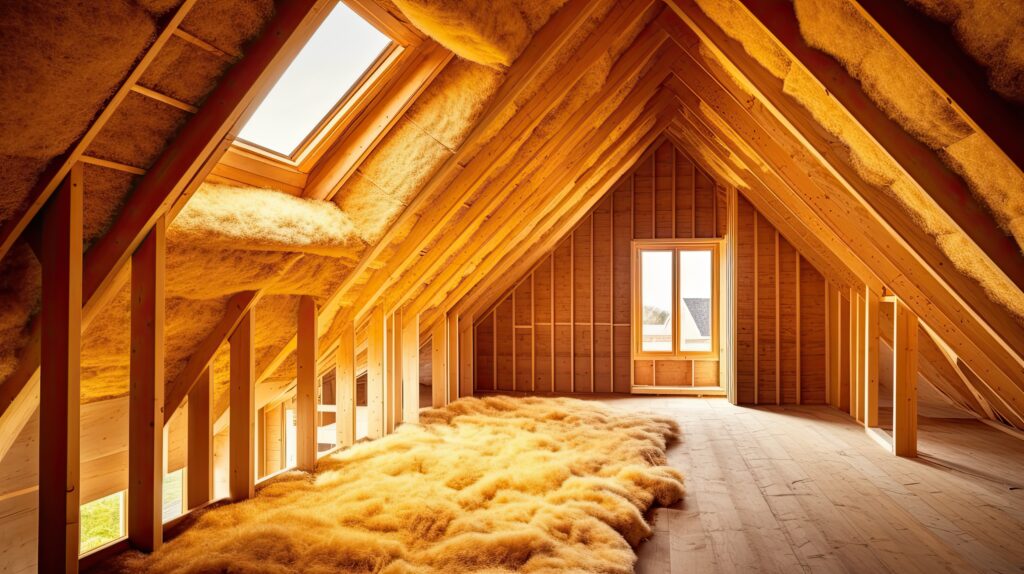Cockapoo Puppies For Sale Ohio are calm dogs with a moderate amount of energy. They don’t need daily marathons of exercise but will thrive with a couple of walks, games of fetch or swimming.
They adore families, including children and other pets. They will follow their humans everywhere and have a mischievous sense of humor that brings joy to those who love them.

Cockapoos are happy dogs that can brighten up a room with their cheery personalities. They are trusting and quick to form a bond with their humans, especially children and other pets. These playful pups have bursts of energy throughout the day and will love to play games like fetch, tug-of-war, or chase with their humans. They are also known for their hypoallergenic, low-shedding coats and nearly odorless scents.
They are smart and easy to train, inheriting the intelligence of poodles and the eagerness of cocker spaniels. This can make them excellent therapy dogs or even competitors in obedience trials and agility courses. However, they are also happy to just hang out with their people and enjoy a relaxing evening on the couch.
Because of their family-oriented personalities, cockapoos need to be with their owners as much as possible. They can become clingy and develop separation anxiety if left alone for too long. This may lead to behavior issues like barking incessantly, scratching themselves raw, destructive behaviors, or nervous elimination.
These playful dogs do well in apartments or houses with yards, though they need a lot of exercise to stay happy and healthy. They need at least 15 minutes of activity per day, including walks and playing outside. They do best with an owner that can play a game of fetch, tug-of-war, or other dog games.
Like other small breeds, cockapoos are susceptible to conditions like hip dysplasia and glaucoma. Hip dysplasia is a condition where the connection between the femur bone and pelvic girdle becomes unstable. This leads to pain and lameness in the legs. Glaucoma is a medical condition that occurs when the eye’s drainage system doesn’t work properly, leading to an increase in pressure on the optic nerve and eventually blindness. These conditions can be prevented by regular physical examinations and routine vaccinations. In some cases, medication will be needed to manage symptoms and keep your dog healthy. In the most severe cases, surgery is often required. A veterinarian will be able to tell you whether your cockapoo is prone to these conditions or not.
Health
A cockapoo’s appearance and temperament will depend on what traits it inherits from its parents. As a result, cockapoos can look the same or very different from one another. Their coat type, grooming needs and health risks will also vary.
Like other dogs, cockapoos need regular care to stay healthy and looking their best. This includes bathing, brushing and trimming. It’s important to use shampoos and conditioners that are free of harsh chemicals and strong artificial fragrances, which can irritate a dog’s skin. Regular tooth brushing is also crucial, as it reduces tartar and prevents gum disease.
Due to their long, floppy ears, cockapoos are prone to ear infections. These infections can be caused by bacteria, ear mites or other environmental factors. Ear infections can cause a dog to shake their head frequently, and they often have a foul smell. They can also cause hearing loss if left untreated. To avoid ear infections, clean your cockapoo’s ears weekly with a solution that is designed to keep the ear canal dry.
The cockapoo’s floppy ears also make it easy for moisture to get trapped in the ear canal, which can lead to ear yeast infections and other health problems. Other health issues that cockapoos can face include hip dysplasia, cataracts, patellar luxation (where the kneecap slides out of place) and dermatitis, which causes itchy and painful rashes.
Like all puppies, cockapoos require plenty of physical and mental exercise. This means daily walks, runs in the yard and games of fetch. These energetic dogs may need to be confined to a crate when you’re not home, but they shouldn’t be kept in the crate for extended periods of time.
Because cockapoos are intelligent dogs, they enjoy and thrive when trained. They are very easy to train with positive reinforcement, including small treats and lots of playtime. They are very patient, making them good choices for first-time pet owners. But if your cockapoo develops separation anxiety, it’s important to seek help. These dogs can become stressed when they’re left alone and can start barking to let you know something is wrong.
Training
Cockapoos are a good choice for first-time dog owners because they are intelligent and eager to learn. They are also a good fit for obedience training, as they quickly pick up commands and enjoy practicing them. If you want to take your cockapoo’s training to the next level, you can also teach them tricks and agility obstacles.
Cockapoo puppies typically get along well with people and other pets. They are highly social dogs that should be exposed to a variety of different environments and experiences as early as possible. This will help them to develop into confident, stable adults that are comfortable in most situations.
Like all puppies, cockapoos will need to be trained in basic obedience commands. This includes sitting, staying, heeling and coming when called. It’s important to practice these commands frequently, using the same words and tone every time. This will reinforce the commands and make them easier for your puppy to understand.
Another important aspect of training is potty training. You should take your cockapoo outside regularly to eliminate, and you should provide him with an accident-safe area in the house when you are not home to supervise him. The bathroom spot should be small, but not too restrictive. The area should be close to the door, so he will be more likely to go there when you let him in after his meals and playtime.
You should also work on recall with your cockapoo to ensure that he can come back to you when you call him. This is especially important when he is off-leash on walks, as it will prevent him from running off into dangerous or unfamiliar territory. You can use a clicker and treats to reward your cockapoo during the recall training process, so that he associates the word “recall” with a positive consequence.
Finally, you should work on crate training with your cockapoo. This will help him or her to view the crate as a comfortable and safe place to spend time. You can start by giving your cockapoo treats inside the crate, so that it begins to think of it as a good place to be.
Care
Cockapoos thrive when they are the focus of their owner’s attention. They do not do well if left alone for extended periods of time, so they are not the best choice for people who work long hours or for those who travel often. They love to be adored by their owners and give back all the affection they receive. They are extremely sociable dogs and enjoy being around people of all ages. They get along well with children, as long as they are taught how to properly interact with dogs.
This breed has a very wavy and silky coat that requires brushing twice to three times per week to prevent matting and to remove loose hairs. They can be trimmed by a professional groomer every six weeks. This is an excellent opportunity to have your dog become used to being touched all over his body and to have his ears examined for any signs of infection or debris.
Like most puppies, cockapoos require lots of mental stimulation and physical exercise. They are very energetic and eager to please, which makes them easy to train. They can learn to play fetch, tricks and even participate in agility or flyball.
These dogs are also highly intelligent and are known for their ability to pick up on new ideas quickly. This can be a great asset in the training process, but it can also lead to cockapoos being tempted to do things on their own or try out some bad habits. Therefore, obedience training is essential to keeping them under control.
It is important to socialize cockapoos as early as possible, so they can become comfortable with different environments and experiences. They do not always respond well to being handled roughly or overly excited by strangers, so it is wise to introduce friends and family slowly at first. This can also help keep the cockapoo from becoming overly anxious when guests come to the home.
As with all puppies, cockapoos need to be fed a high-quality diet that is appropriate for their size and age. They will need to be fed a puppy formula for the first few months, but you can gradually switch them over to adult food as they grow. They can become overweight, so it is essential to monitor their diet to avoid this.




